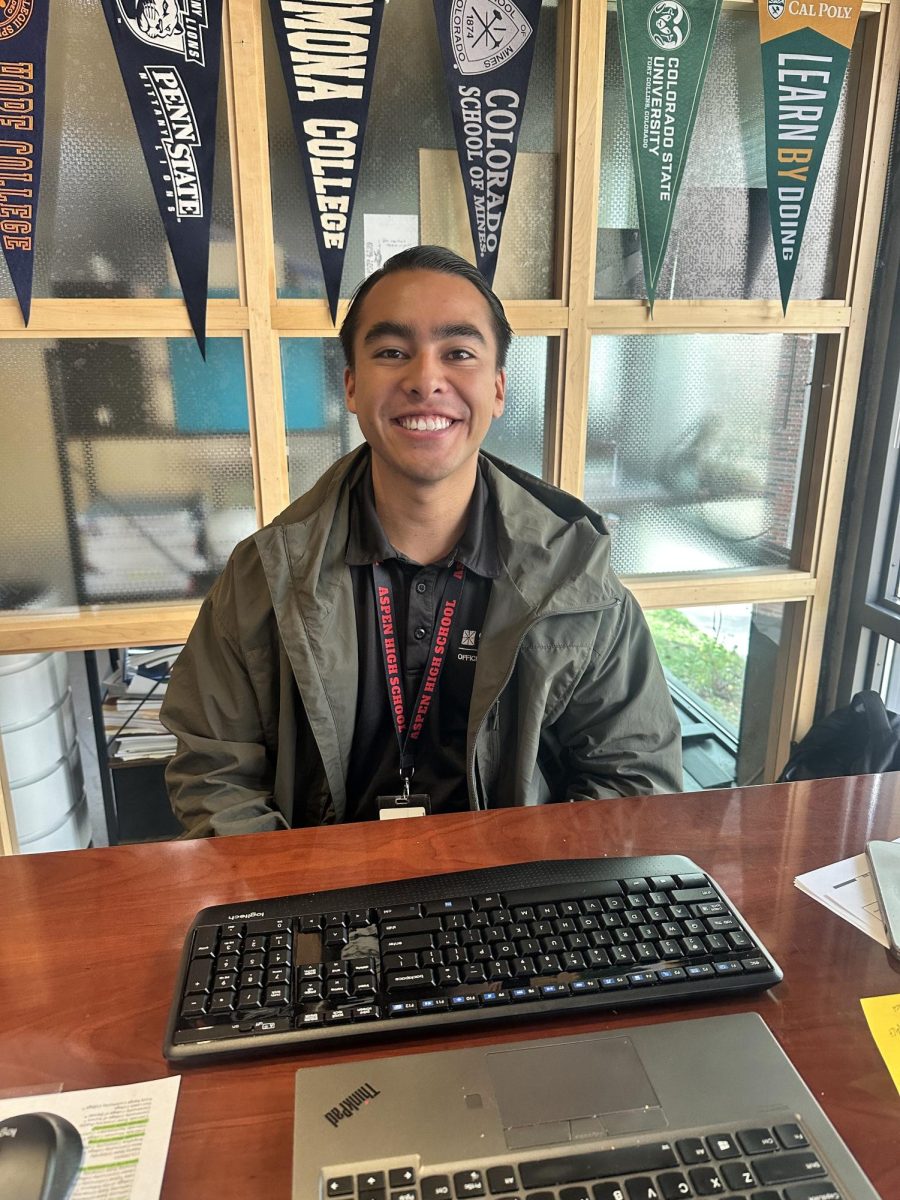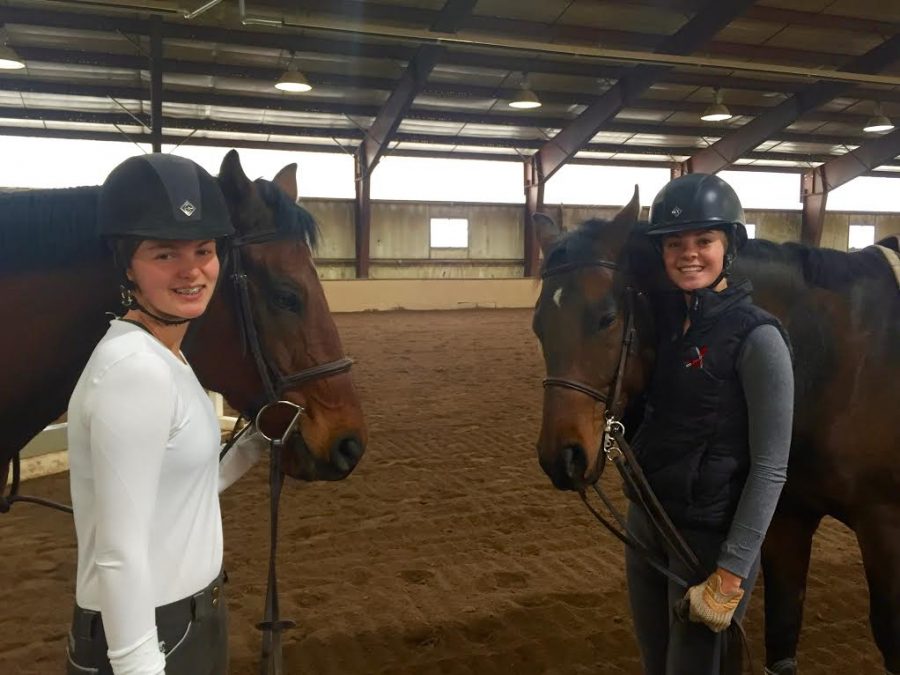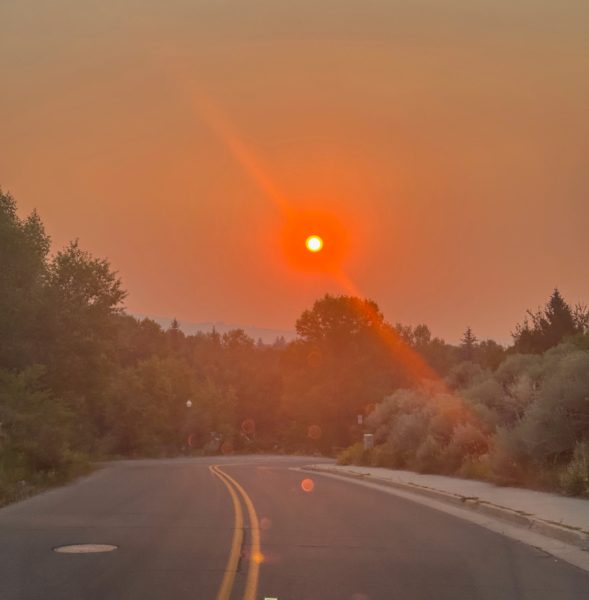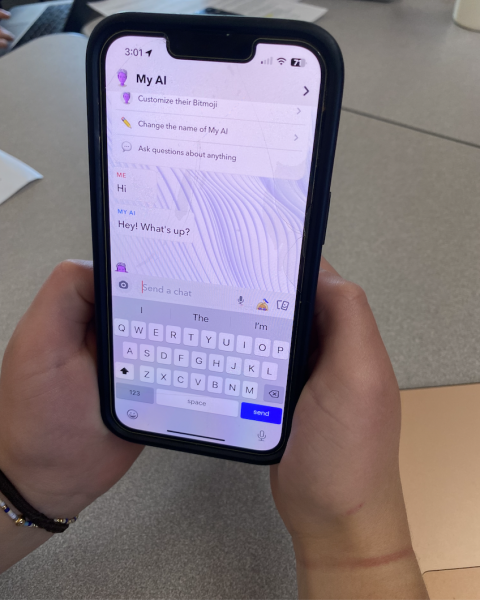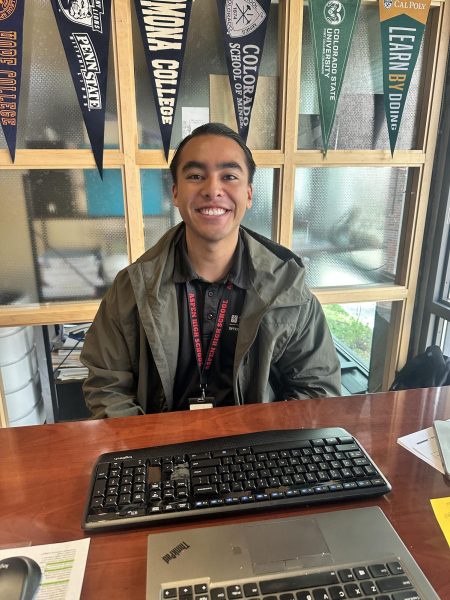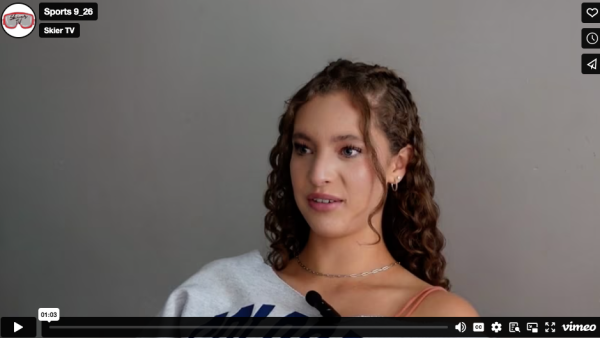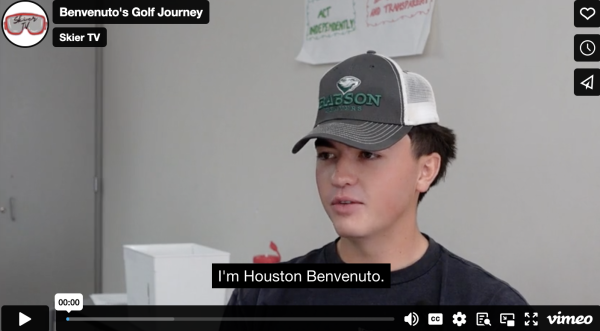Aspen Equestrian Team Connects and Supports Riders of The Roaring Fork Valley
Did you know that Aspen has an equestrian team? Probably not, because unfortunately, it is not a varsity sport at our school. But Michelle Bonfils Thibeault and Lisa Hall Flynn, Aspen Equestrian Team coaches, are making sure that the equestrians of the Roaring Fork Valley are not left hanging and have a riding team.
They created the Aspen Equestrian Team in 2013, the first-ever riding team in our area and it now includes riders from all over the valley. The team participates in Interscholastic Equestrian Association (IEA) horse shows. It has a unique format because riders don’t need to own or lease a horse to compete. Riders actually arrive at the horse show without a horse and everyone competes on a random horse they have never ridden, creating a more level playing field.
I recently spent a morning at Cozy Point ranch watching some of the girls practice and chatting with the coaches.
“Riding a new horse at every show could be compared to a ski team going to compete at different ski areas. Competitors know how to ski, they know what snow is, but the conditions are always different: the level of terrain is different, and they have to work through the nervousness and fear that comes with the unknown. The reward is the sense of accomplishment and courage when you are successful,” coach Thibeault said.
Coach Flynn also believes that the IEA horse shows are beneficial to riders.
“IEA is an opportunity to for riders to participate in an activity that exposes them to new and different types of horses,” coach Flynn said. “It’s also a great opportunity for the riders that normally compete on an individual level to have the chance to participate in a team sport. They get to connect with other riders from other barns with different trainers.”
Not only do riders get the chance to meet other riders from the valley, but there are also different lessons that this format of competition exposes competitors to for the first time.
In traditional shows, riders are on horses they have trained on and are very familiar with which is not the case at these shows.
“There are many times that you will get a draw [the horse you randomly selected to ride] that is not to your liking for a variety of reasons,” Flynn said. “Sometimes, it seems unfair because you think the horses the other competitors are riding are much better. But, drawing a badly behaved horse and trying to control it and get the best ride possible out of the horse is an important skill to learn. The personal growth that comes from this type of competition is as important as winning.”
At the practice I watched, the coaches brought their “school horses” and other horses donated for use by their owner, so that the team could practice riding different horses. In addition to practicing their equestrian skills, team riders were periodically seen walking to the center of the ring to exchange smiles, and mounts. At the end of the morning, all the riders seem to really enjoy each other’s company, and appreciate the chance to step outside their “horse comfort zone.”
Coach Flynn wrapped things up nicely by adding, “I think the biggest lesson in IEA is sportsmanship and humility, being able to take each lesson, whether it’s a good lesson, or a difficult lesson, and come out of the ring with smile on your face.”





